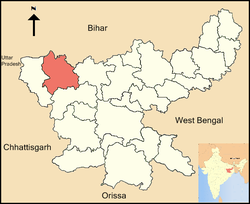7667766266
enquiry@shankarias.in
The railway as part of connecting each part of the northeast with the other parts of the country has expedited works for the completion of the 85-km-long new Dimapur-Kohima rail project.

Jharkhand forest officials have chalked out plans to set up soft release centres in order to ensure enough food for tigers, which will help in increasing their numbers in the Palamu Tiger Reserve (PTR).

Reference
Doctors have sounded an alarm over the “emergence of new non-life-threatening” virus called tomato flu among the children below five years of age.
Scientists are working on a project to reintroduce Tasmanian tiger in its native habitat.
Recently Kerala government has launched its online taxi service Kerala Savari’